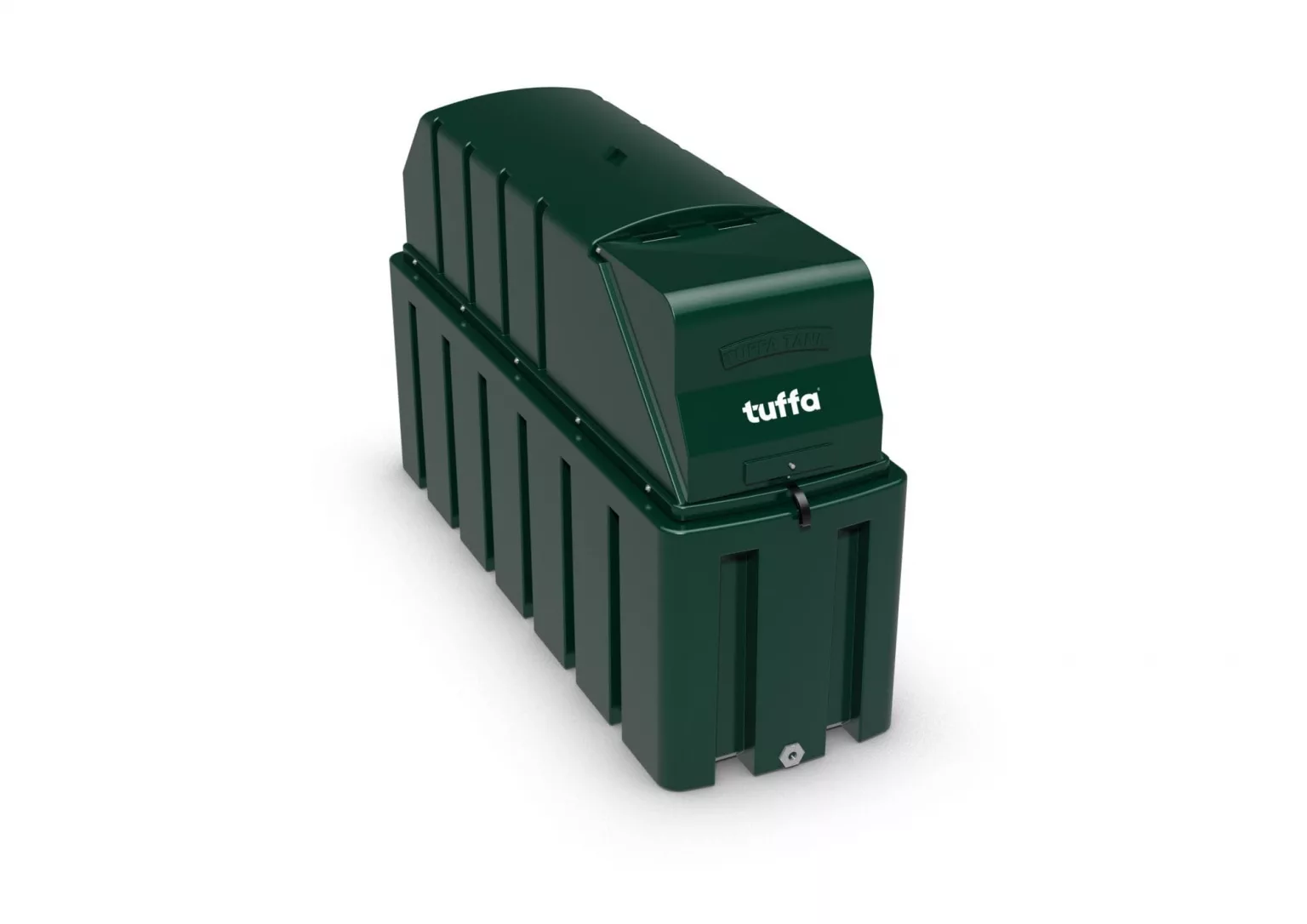Regulations & Safety
OFTEC Oil Tank Regulations (Simple Guide 2025): Siting, Bunding & Safety
New or replacing a tank and searching “OFTEC regulations”? Here’s a neat overview of siting rules, when a bund is needed, and common safety checks — with links to official sources. When you’re ready to buy, browse Oil Tanks or see Monitors & Gauges.
Shop Oil Tanks Accessories & Bunds
What do “OFTEC regs” cover?
OFTEC publishes guidance and technician standards for domestic oil storage (typically up to 3,500L). UK Building Regulations (see Approved Document J) also give siting and protection guidance for small domestic tanks. Local environmental rules may add extra requirements — always check region-specific advice.
Siting snapshot (distances & fire protection)
- Keep tanks away from fire risk: guidance allows protection by separation distances from buildings/boundaries and/or by a fire-rated barrier.
- If you can’t meet separations: a fire barrier with at least 30-minute rating is commonly used; keep a clear gap (often quoted around ~300 mm) between tank and barrier — follow your tank manufacturer’s instruction for the exact spacing.
- Inside a garage/outhouse? Installations typically require a 60-minute fire-rated chamber (specialist job).
- Typical examples you’ll see referenced (illustrative only, verify locally): approx. 1.8 m from non-fire-rated eaves/openings/buildings; about 760 mm from non-fire-rated boundaries (e.g. timber fence). Your installer will confirm what applies on your site.
Do I need a bunded oil tank?
Click for a quick bunding checker
Bunding (secondary containment) = a tank-in-a-tank or a surrounding wall that catches spills. It’s widely recommended for domestic tanks and often required by law in non-domestic settings.
- Domestic homes (< 3500L): a bund is typically required if there’s an increased pollution risk (e.g. close to drains, watercourses, boreholes/springs), or where a spill could reach open ground or water. Your installer does a formal risk assessment.
- Non-domestic / business: bunding is usually mandatory above small thresholds; check your environmental regulator’s rules.
- Capacity: when a bund is used, its secondary containment volume is commonly 110% of the tank capacity (or more for multiple tanks).
Bottom line: Ask your OFTEC technician to complete the site assessment and confirm bund requirement for your property.
Popular Bunded Oil Tanks – Quick Picks

1000 L Super Slimline Bunded Oil Tank
Volume: 1000ltr
Great where access is tight.
Dimensions & weight
Dimensions: L:1900mm W:660mm H:1515mm
Footprint: L:1825mm W:570mm

DESO 1340 L Bunded (V1340BT)
Volume: 1340ltr
Popular square footprint.
Dimensions & weight
Dimensions: L:1410mm W:1410mm H:1530mm
Footprint: L:1390mm W:1390mm

Harlequin 1400SSL Slimline Bunded
Volume: 1435ltr
Slimline for narrow access.
Dimensions & weight
Dimensions: L:2110mm W:640mm H:1670mm
Footprint: L:2075mm W:630mm

DESO 2500 L Slimline Bunded
Volume: 2500ltr
Large capacity, slim profile.
Dimensions & weight
Dimensions: L:2300mm W:1250mm H:1450mm
Footprint: L:2300mm W:1250mm

900 L Bunded Steel Oil Tank
Volume: 900ltr
Durable steel construction.
Dimensions & weight
Dimensions: L:1375mm W:650mm H:1250mm

Titan ESSL2000 – 2000 L Slimline
Volume: 2000ltr
High capacity, narrow footprint.
Dimensions & weight
Dimensions: L:2500mm W:800mm H:1700mm
Footprint: L:2350mm W:800mm
Base, fills & good practice
- Solid base: level, robust, and sized to support the full tank; keep it clear around the edges for inspection.
- Fill & vent: position safely for deliveries; protect from damage; consider drip-tray/cabinet where fills are outside the bund/secondary containment.
- Overfill prevention & monitoring: use a contents gauge or smart monitor; set low-level alerts to avoid run-outs.
- Keep combustibles away: don’t stack timber/garden items against the tank or inside the bund.
- Annual check-up: get your tank and oil line inspected; replace tired seals and perished hoses.
FirePro tanks (read before buying)

Important: FirePro tanks are not OFTEC-approved. They typically require Building Control sign-off. Consider FirePro when you need a tank close to buildings/boundaries and a compliant fire-resisting solution is required. Always confirm acceptability with your local authority before ordering.

Tuffa 1150 L Plastic Bunded Fire-Protected (FirePro)
For sites where separation distances can’t be achieved. Requires Building Control approval.
FAQs (click to open)
Where can I site an oil tank in my garden?
Do I need a bunded oil tank at home?
Can I put a tank in a garage or shed?
How big should the bund be?
Who signs off the installation?
- OFTEC: Domestic oil storage up to 3500L
- Approved Document J (England) – Oil storage up to 3500L
- UK Government: Oil storage regulations (overview)
Guidance changes — always check the latest official sources.
Browse Oil Tanks Shop Monitors & Gauges
Post summary (TL;DR)
Siting: Keep tanks away from buildings/boundaries or use a fire-rated barrier if you can’t meet separations. Bunding: Widely recommended; often mandatory for non-domestic or higher-risk sites. When used, bunds commonly hold 110% of tank capacity. FirePro: not OFTEC-approved — check with Building Control before purchase. Always verify with the latest OFTEC & Building Regs.
